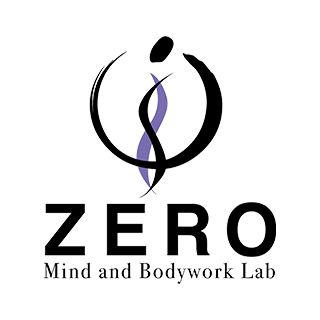Introduction
Hello, I’m Hidefumi Otsuka, offering Rolfing sessions in Shibuya, Tokyo.
Since last week (starting from April 8, 2025), I have been participating in the Advanced Training (AT) organized by the Japan Rolfing Association in Ichigaya, Tokyo, taught by Ray McCall and Hiroyoshi Tahata.

The training is held from Tuesday to Friday over the course of three weeks.
The theme for the second week was the attitude of “surrendering to change” and Hiroyoshi Tahata’s Yield Work.
In this post, I would like to clearly and simply share the key essences I have learned from Hiroyoshi Tahata, Ray McCall, and Emmett Hutchins.
What Is Hiroyoshi Tahata’s “Yield Work”?
The Basic Concept of Yield
田畑さんは、Rolf Movement Instructorの資格を取得する過程で、Rebecca Carli-MillsやTahata began independently exploring “Yield Work” influenced by Rebecca Carli-Mills and Carol Agneessens during his certification process as a Rolf Movement Instructor.
His approach to Yield Work is based on the idea proposed by Suzan Aposhyan:
“Yield underlies all other developmental movements and our basic relationship to the world.”
In other words, I feel that Yield is not merely a technique but a fundamental attitude of existence itself.

Physically “Surrendering”(or Yielding)
When a client lies down on the massage table, it is about the client consciously surrendering their body weight to the surface.
Similar to the concept of anchoring in molecular cell biology (where cells adhere to a stable base),
only when a stable foundation is established can internal changes occur naturally.
Tahata teaches that the practitioner’s role is to cultivate the “field” (environment) that allows this transformation to unfold.
Emmett Hutchins’ Teaching — What Is a “Good Session”?
ここで登場するのが、Ida Rolfから直接教えを受けたロルファーEmmett Hutchinsの言葉だ。Here comes the words of Emmett Hutchins, a Rolfer who learned directly from Dr. Ida Rolf:
“Emmett once said that the sign of a good session is when the client changes more between sessions than during the session.”
A truly successful session is not only about the changes that happen during the session itself, but about how the client naturally continues to self-regulate and evolve in the time between sessions.
Ray McCall’s Approach — “Leaving the Client’s Experience to Themselves”
RRay McCall also emphasizes the importance of leaving space after the session.
He says:
“Leave their experience/felt sense on their own.”
In other words, do not over-explain immediately after the session about the client’s capacity for self-regulation.
Instead, quietly support them as they naturally digest their inner changes.
I believe this embodies the profound support that Ray advocates.
What Does It Mean to be Neutral?
1. The Practitioner Must Maintain Neutrality
Rather than trying to make something happen,
trust in the client’s own process and wait.
2. Trust and Let Go After the Session
Do not immediately seek results after intervention.
Respect the process by which the client deepens their change over time.
3. Cherish the “Interval” Between Sessions
The time between sessions is a fermentation period where the change matures.
The practitioner should act as a supportive presence, not an interfering one.
Conclusion
The takeaways from this post is:
- Change continues even after the session ends.
- Change is not something to rush or control.
- It is essential to respect and surrender to the client’s natural process.
Tahata’s Yield Work, Emmett’s words, Ray’s approach —all of them resonated deeply and provided a wonderful opportunity to reflect on how to “be” as a Rolfer.

